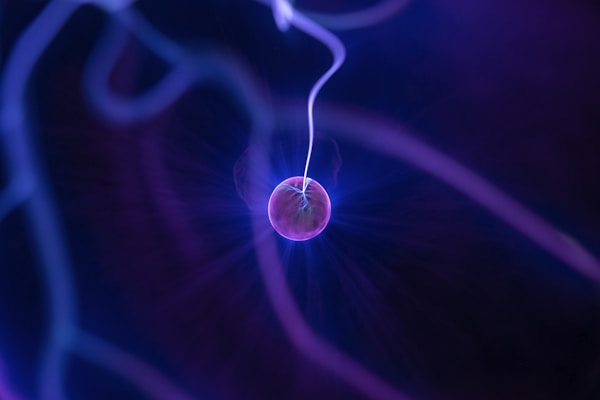Self-care is essential for our overall well-being, but it doesn’t always have to be the same activities. Indeed, it’s important to find a way to practice self-care that works best for you, and sometimes that doesn’t involve taking a bubble bath or calling a loved one. This article will explore some of the most effective and unconventional self-care strategies that you can try to relax and recharge. Keep reading to learn more!
Book a last-minute vacation.

Taking a last-minute vacation is an unconventional way to practice self-care, but it can be incredibly beneficial. If you’re feeling overwhelmed or stressed, taking a break can help you regain your focus and perspective. A vacation doesn’t have to be expensive or elaborate. In fact, sometimes the most relaxing vacations are the ones that are planned on the fly. If you’re looking for a relaxing vacation, think about picking a destination that has a lot of natural beauty. If you’re more adventurous, try picking a destination that has a variety of activities to choose from. The most important thing is to relax and have fun. Don’t worry about the things you can’t control, just enjoy your time away from home. Finally, for the best deals on last minute travel, check out getawayGoGo.
Take a DNA test to learn about your ancestry.
There are a lot of different ways to practice self-care, and for some people, taking a DNA test to learn about their ancestry is a great way to do that. For some people, it can be really interesting to learn about where their ancestors come from, and it can be a fun way to learn more about their family history. For others, it can be a way to connect with their heritage and feel more connected to their family. Taking a DNA test can also be a way to practice self-care in a more practical way. By learning about your ancestry, you may be able to identify any health risks that are associated with your family history. This can allow you to be more proactive about your health and to be more aware of any health concerns that you may need to be monitoring. Overall, taking a DNA test to learn about your ancestry can be a great way to practice self-care. It can be a fun and interesting way to learn more about yourself, and it can also be a way to be more proactive about your health. Navigate to GEDmatch com to get started today.
Rescue a dog.

When most people think about self-care, they think of things like getting a massage, taking a yoga class, or spending time in nature. While all of those things are great, there are other ways to practice self-care that are just as important—and rescuing a dog is one of them. There are so many reasons why rescuing a dog can be a great way to practice self-care. For starters, rescuing a dog can help you feel more connected to the world. Dogs are social animals, and they need companionship. When you rescue a dog, you’re providing him or her with a loving home and someone to care for them. Rescuing a dog can also help you stay active. Dogs need exercise, and taking your dog for a walk is a great way to get some exercise yourself. Walking your dog can also help you get to know your neighborhood better, and it’s a great way to meet new people.
Overall, the above unconventional ways to practice self-care are invaluable for creating a healthy and balanced lifestyle. By being open to new and innovative activities, individuals can gain a greater sense of well-being and satisfaction while also recharging and refocusing their minds and bodies. Ultimately, self-care can be a powerful tool to help us cope with life’s daily challenges and stresses, so find what works best for you.




